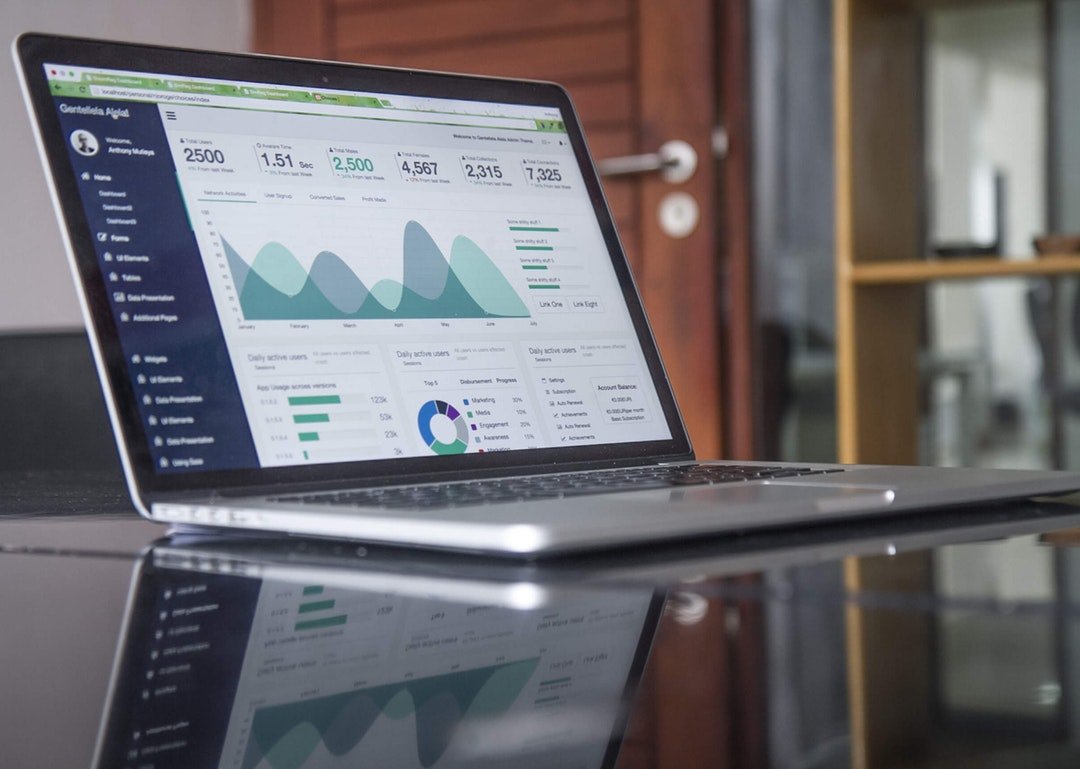
Fixed price model might be viewed to be a little risky because one is aware of the total amount they will spend on a project before the development work starts. The criteria behind fixed price model are that the decisions made in the business with regards to the product and the work scope should be decided upon and the contractor should be contacted before the commencement of the project. This is the period when one knows little concerning their project. On the other hand, time and material contract, a model where the total cost depends on the amount of time that will be consumed by the project and is charged at an hourly rate. Here are the advantages of using Rhumbix time and material contracts.
You will get a better product when the project is finalized. When opting to use time and material contract, you are in a position to make an adjustment on the requirements of the project as well as its shape to cope with the constant change in business situations. Through this you will not be required to negotiate the terms of the contract again or hold discussions with the software personnel to establish whether a specific aspect was part of the scope of work.
It is faster to use time-and-materials contracts. An analysis that has all the details will provide you with the work scope definition even before your project begins. All these require a lot of time. It is difficult for one to be able to nail all the aspects. Time and material contract gives you time to start your project fast and proceed with an increasing pace while you perfect the details as you move along the project. It also consumes a lot of time to contract fixed price model because it involves a lot more than signing time and material contracts. Using fixed price vs time and materials contract means that you will spend little time on negotiations and the paperwork.
Time and materials contract models allow you to save your money. If you opt to use the time and material model, means that you will pay for the actual job that has been finished allowing you to save your time during the project. You will be charged a premium buy the software personnel for uncertainties that occur this is because they want to reduce risks of individuals who like to change their requirements. You will not suffer these additional costs in time and material model.
There is less risk in time and material model. In a time and material model you are not aware of the final amount that you will pay for your project. However, this is different from the fixed price model because there's no commitment to the relationship between you and the software personnel until the contract comes to an end. Additionally, time and material contract needs the software personnel to be transparent. You will be in a position to keep track of the progress of your project and will be aware where the contractors will be at any given time. Learn more here: http://www.businessdictionary.com/definition/cost-accounting.html.





